
Back Up to
Solar System
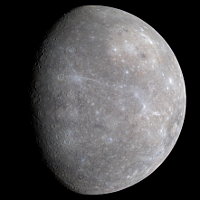
Gibbous
Regular Size
Full Size
Caption
Credit: NASA/Johns Hopkins University APL/Carnegie Institution of WA
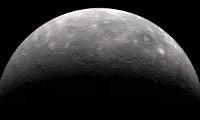
Crescent in Natural Color
Regular Size
Large Size
Full Size
Caption
Credit: NASA/Johns Hopkins University APL/Carnegie Institution of WA
Image Processing: Spaceman Dan
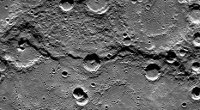
Victoria Rupes
Regular Size
Full Size
Caption
Credit: NASA/Johns Hopkins University APL/Carnegie Institution of WA
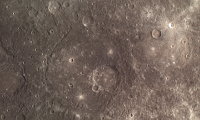
Surface in Natural Color
Regular Size
Full Size
Caption
Credit: NASA/Johns Hopkins University APL/Carnegie Institution of WA
Image Processing: Jason Perry
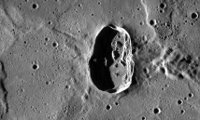
Hovnatanian
Regular Size
Full Size
Caption
Credit: NASA/Johns Hopkins University APL/Carnegie Institution of WA
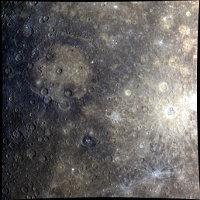
Rembrant Basin
Regular Size
Full Size
Caption
Credit: NASA/Johns Hopkins University APL/Carnegie Institution of WA
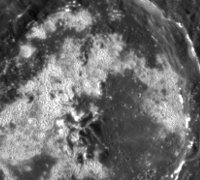
Sander Crater
Regular Size
Full Size
Caption
Credit: NASA/Johns Hopkins University APL/Carnegie Institution of WA
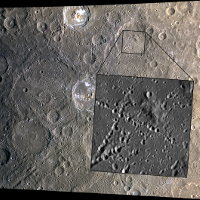
Crater X
Regular Size
Full Size
Caption
Credit: NASA/Johns Hopkins University APL/Carnegie Institution of WA
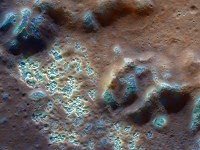
Hollows in Color
Regular Size
Caption
Credit: NASA/Johns Hopkins University APL/Carnegie Institution of WA
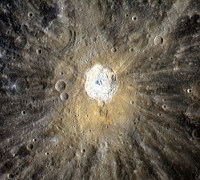
Kuiper
Regular Size
Caption
Credit: NASA/Johns Hopkins University APL/Carnegie Institution of WA
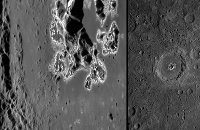
Eminescu Crater
Regular Size
Full Size
Caption
Credit: NASA/Johns Hopkins University APL/Carnegie Institution of WA